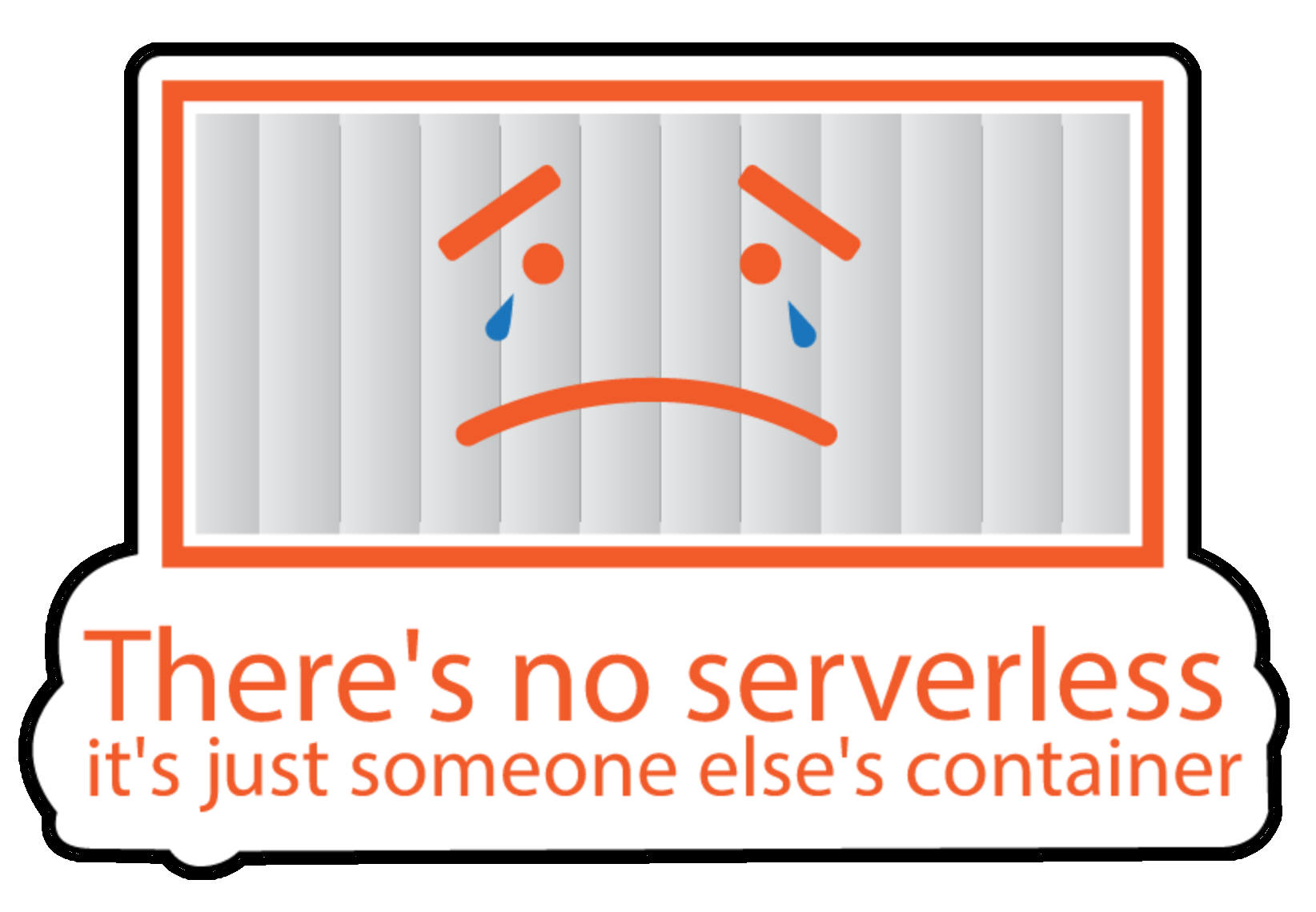⚡ The Emperor's New Servers
No servers! (Just someone else's servers)

Just somebody else's servers
"What idiot called it serverless and not 'The Emperor's New Servers'?"
Welcome to the magical world of serverless computing, where servers don't exist until your bill arrives. It's like having a data center, but with extra steps and vendor lock-in.
"There is no server."
— Morpheus, if he worked in cloud architecture
☁️ Core Serverless Principles
🔄 Lambda Function Lifecycle
🏢 Major Serverless Vendors
🔧 Serverless Troubleshooting Guide
- Check CloudWatch logs (if you remember the function name)
- Increase timeout from 3 seconds to 4 seconds
- Add more memory until the cold start feels warm
- Rewrite everything in Go for "performance"
- Question why you chose serverless in the first place
- Add retry logic for the retry logic
- Migrate back to containers
- Realize containers are just someone else's servers too
🔥 Serverless Fun Facts
- Serverless computing uses 100% servers, 0% of the time
- Cold starts are just your function practicing mindfulness meditation
- Every serverless function is stateless, except for the state of despair
- The phrase "it works on my local" has been replaced with "it works in my region"
- Serverless billing is like metered parking: you always owe more than you expect
- Vendor lock-in is just a feature for building long-term relationships
- Event-driven architecture means your code only runs when events remember to show up
- Microservices became nanoscopic services that require microscopes to debug
⚡ The Serverless Philosophy
Serverless computing represents the ultimate abstraction: we've abstracted away the very concept of computation itself. It's Schrödinger's infrastructure - the servers both exist and don't exist until you need to debug them.
The beauty of serverless lies in its simplicity: you write a function, deploy it to the cloud, and someone else's servers run it. The horror of serverless lies in its complexity: cold starts, execution limits, memory constraints, and billing models that would make a tax attorney weep.
In the serverless world, we've achieved the dream of "NoOps" by replacing operational complexity with existential dread. We no longer manage servers; instead, we manage our expectations and our cloud bills.
🙏 Special Thanks
Special thanks to @sdmouton for spending his hard-earned DevOps bucks on dumb jokes and making the internet a more sarcastic place.
Stickers available soon at the TireFire CafePress store. All profits go to the "Drunk Domain Purchasing" fund.
